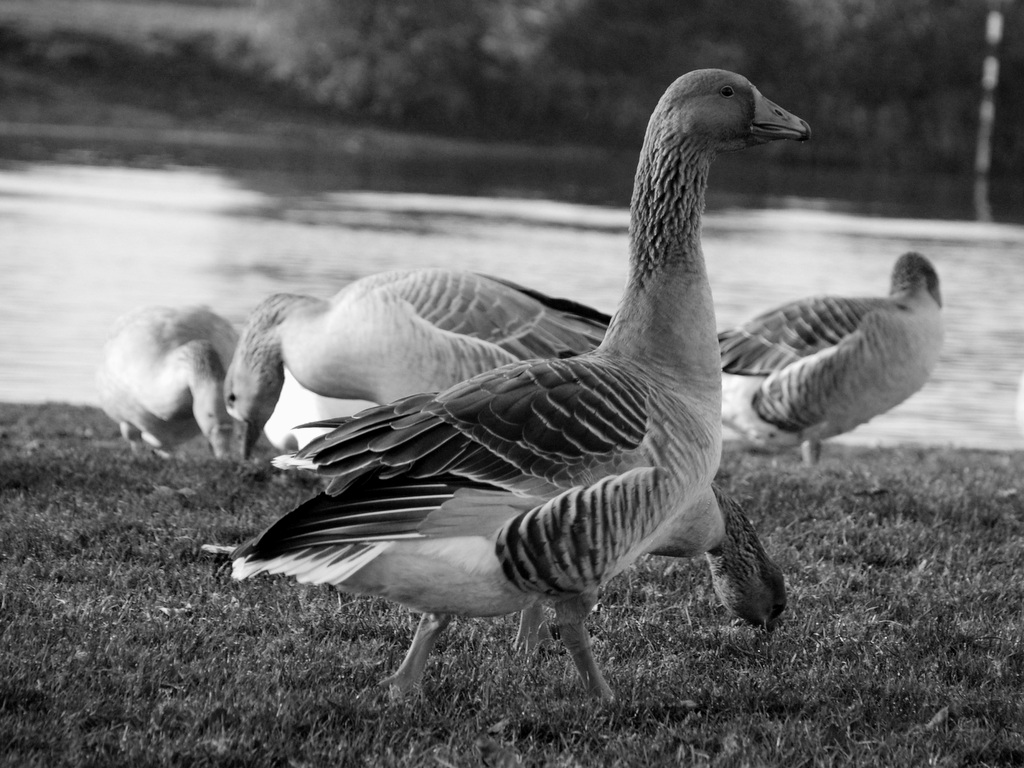Click here and press the right key for the next slide (or swipe left)
also ...
Press the left key to go backwards (or swipe right)
Press n to toggle whether notes are shown (or add '?notes' to the url before the #)
Press m or double tap to slide thumbnails (menu)
Press ? at any time to show the keyboard shortcuts
Three Abilities to Underpin Knowledge of Objects
knowledge of physical objects
objects
have boundaries
persist through time
causally interact
knowledge of objects
involves
segmenting them
representing them as perstising
tracking their causal interactions

objects
have boundaries
persist through time
causally interact
knowledge of objects
involves
segmenting them
representing them as perstising
tracking their causal interactions

objects
have boundaries
persist through time
causally interact
knowledge of objects
involves
segmenting them
representing them as perstising
tracking their causal interactions

objects
have boundaries
persist through time
causally interact
knowledge of objects
involves
segmenting them
representing them as perstising
tracking their causal interactions
the question